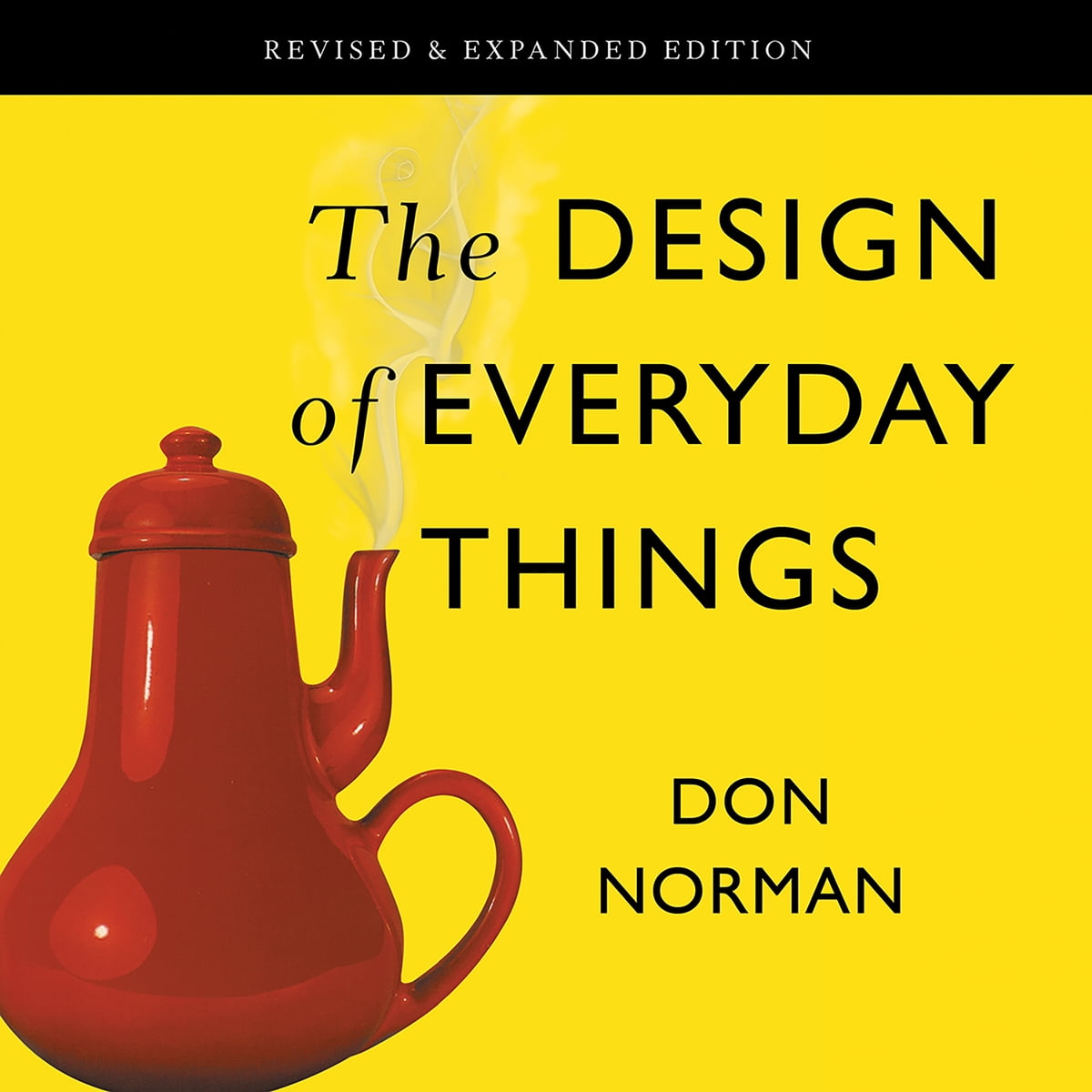Donald A. Norman’s “The Design of Everyday Things” audiobook explores how design impacts user experience and usability. It delves into the principles of effective design.
Donald A. Norman’s “The Design of Everyday Things” is a seminal work in the field of design and usability. This audiobook examines how thoughtful design can improve everyday objects and user interactions. Norman emphasizes the importance of human-centered design, which prioritizes user needs and experiences.
He discusses the psychology behind effective design, providing insightful examples and practical advice. The book covers key principles such as visibility, feedback, and constraints, which help create intuitive and user-friendly products. Ideal for designers, engineers, and anyone interested in improving usability, this audiobook offers valuable lessons on making everyday things more functional and enjoyable.

Introduction To Donald A. Norman
Donald A. Norman was born in 1935. He grew up in the USA. He studied electrical engineering. Later, he pursued psychology. He earned a PhD. He combined engineering and psychology. This made him unique.
Donald Norman is a pioneer in design. He focuses on user-centered design. His book, The Design of Everyday Things, is famous. This book helps designers. It teaches about usability. Many designers follow his principles. His work makes products easier to use.
The Genesis Of ‘the Design Of Everyday Things’
Donald A. Norman wanted to help people understand design. He noticed many items were hard to use. This made people feel frustrated. He wanted to change that. His goal was to make everyday things easier to use. Norman saw the need for better design in daily life.
Norman started as an academic. He studied psychology and cognitive science. Later, he moved to the mainstream. He wanted to reach more people. He wrote this book for everyone. His aim was to make design simple. People found his ideas helpful. His work became very popular.
Core Principles Explained
Affordances show what actions are possible. Signifiers are clues that indicate how to use something. A door handle is an example. It affords pulling. A push plate signifies to push.
Feedback provides information after an action. It tells you if you succeeded or failed. For example, a click sound when you press a button. Errors are mistakes users make. Designers should anticipate and guide users to avoid errors.

Impact On Design Philosophy
Donald A. Norman’s audiobook, “The Design of Everyday Things,” revolutionizes design philosophy by emphasizing user-centered design. It challenges designers to prioritize simplicity and functionality.
Influence On User-centered Design
Donald A. Norman’s work has greatly shaped modern design. His focus on user-centered design is groundbreaking. Designers now prioritize the needs and goals of users. This approach leads to more intuitive and functional products. Everyday items become easier to use.
Adoption By Industries
Many industries have adopted Norman’s principles. Tech companies, for example, design software with the user in mind. This ensures better usability and higher satisfaction. Healthcare products also benefit, making them safer and more effective. The emphasis on ease of use helps everyone.
Case Studies From The Audiobook
Donald Norman shares many success stories in design. One example is the simple door handle. Good design makes it clear whether to push or pull. Another success is the easy-to-use thermostat. It shows the temperature clearly and is easy to adjust. Another success story is the user-friendly remote control. It has simple buttons and clear labels. These examples show how good design makes life easier.
Norman also talks about design failures. An example is a confusing microwave. Too many buttons make it hard to use. Another failure is the complex washing machine. Users struggle with too many settings. Another example is a poorly designed door. People don’t know whether to push or pull. These failures teach important lessons. Design should be simple and clear.

Listening Experience
The narrator’s voice is clear and engaging. Words are spoken at a steady pace. This makes it easy to follow. The tone is friendly and inviting. It feels like a conversation. The narrator uses different voices for quotes. This helps to keep the listener’s interest. Pauses are used effectively. They give time to absorb the information. The overall narration style enhances the content.
The audiobook is highly engaging. Interesting examples are included. These examples relate to everyday life. They make the concepts easy to understand. The language used is simple. This makes the book accessible to all. Technical terms are explained clearly. The engagement level remains high throughout. Listeners stay interested from start to finish. The book is a great choice for learning about design.
Critique And Perspectives
Many scholars praise the audiobook. It is seen as a must-read for designers. The book explains user-centered design well. It highlights common design flaws. Some say it is a bit technical. But most find it insightful and practical. The lessons are timeless. It has influenced many fields.
Users love the narration of the audiobook. They find it clear and engaging. Many appreciate its real-world examples. Some users feel it is too detailed. But they agree it is eye-opening. It changes how they see design. The book is a favorite among design students. It is often recommended in design courses.
Legacy And Continuing Relevance
Donald A. Norman’s book remains a classic in design. New editions include modern examples. These examples show the evolution of design principles. They address the challenges of today’s technology. New chapters cover smart devices and digital interfaces. The book adapts to the changing landscape of design. Readers see both old and new ideas in harmony. This keeps the book relevant and insightful.
Future design must be user-friendly and intuitive. Simplicity will always be key. Designers should focus on human needs. Technology will continue to evolve. Design principles must adapt to new technologies. Sustainability will become more important. Future designs should be eco-friendly. The core idea is to make things better and easier for people.
Conclusion
Discovering “The Design of Everyday Things” in audiobook form offers a new way to grasp its insights. Norman’s principles are timeless and crucial for designers. Embrace this audiobook to enhance your understanding of user-centered design. It’s a must-listen for anyone passionate about creating intuitive, user-friendly products.
Dive in and transform your design perspective.



